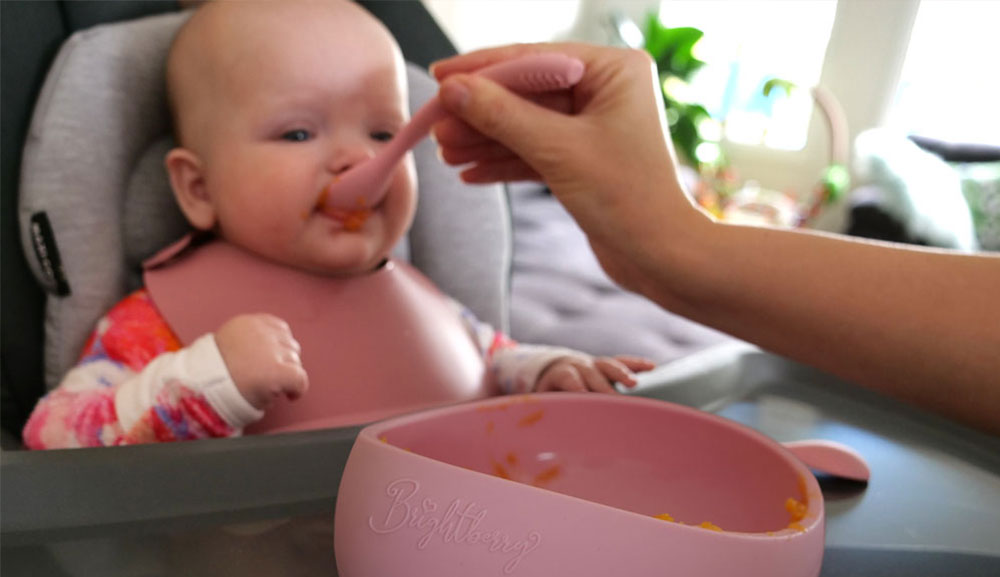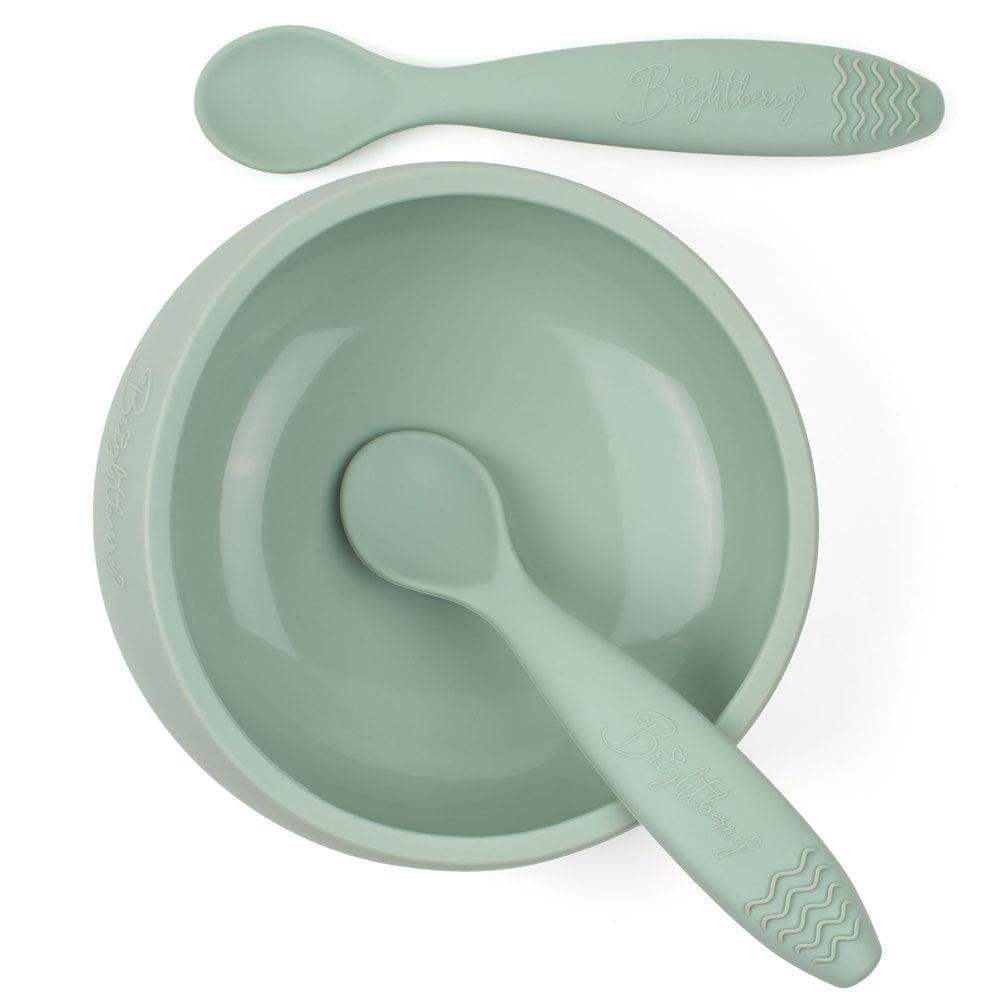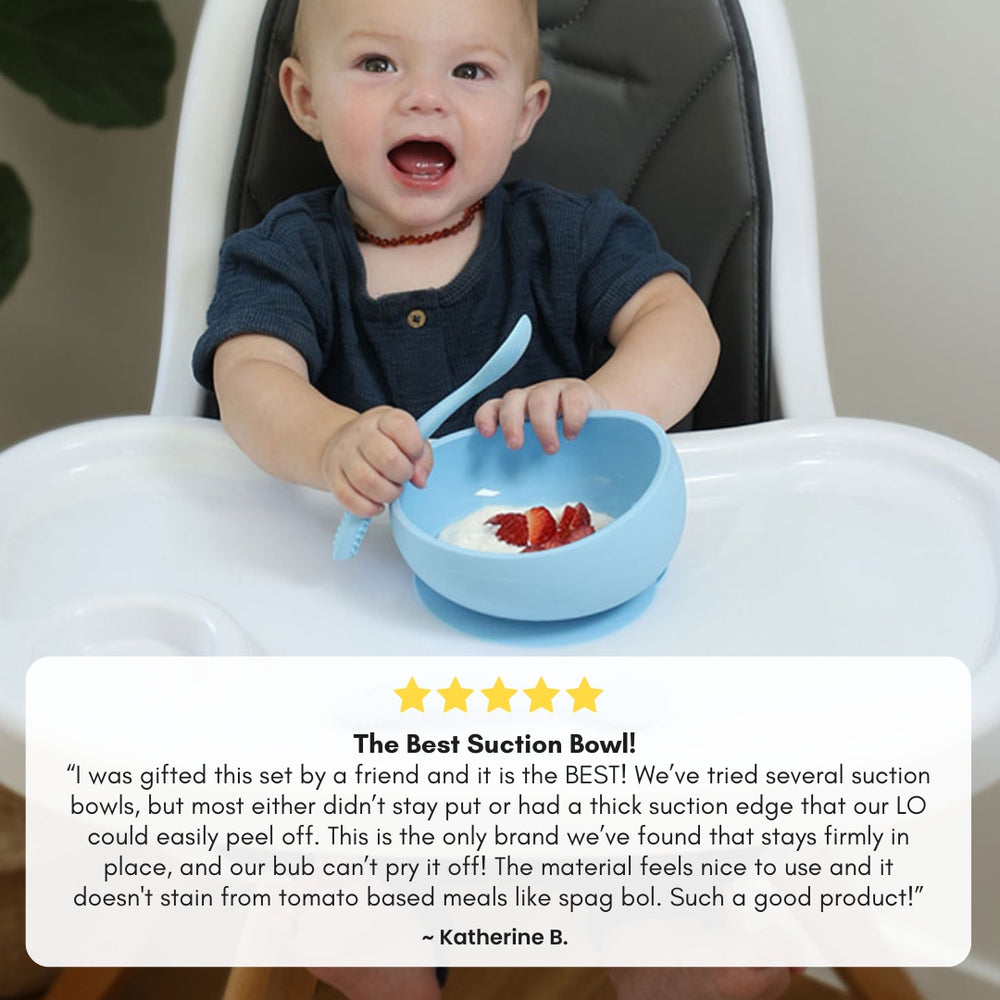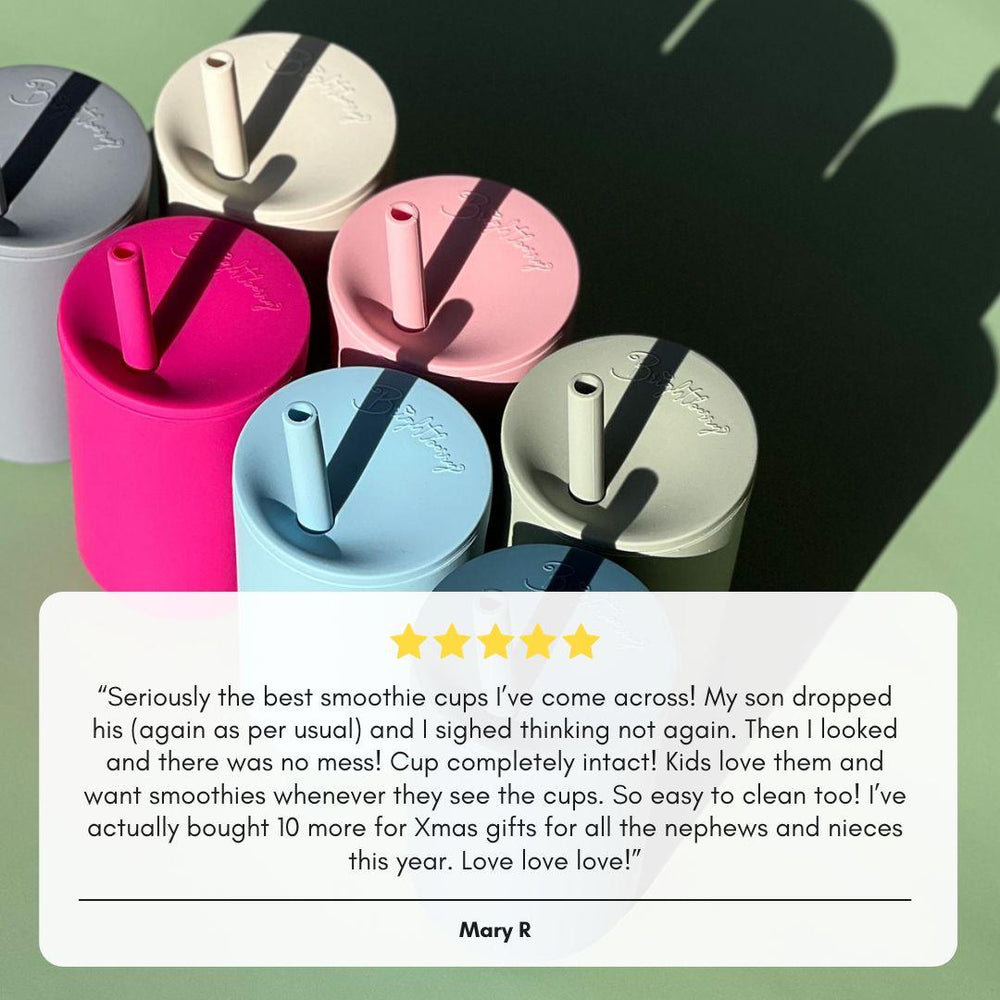3 Mealtime Mistakes That Make Eating Harder for Kids (and How to Fix Them)

Mealtime is one of the most important routines in a child’s day. Yet for many parents, it can feel like a battle instead of a bonding moment. Whether it’s a toddler refusing to eat, food ending up on the floor, or plates being left untouched, feeding young children can be stressful and unpredictable.
But what if some of these challenges aren’t just “normal toddler behaviour”? What if they are actually avoidable with the right approach?
Over the years, I’ve worked closely with parents, occupational therapists, and feeding experts to better understand how children learn to eat independently and what prevents them from doing so. I’ve also used this knowledge as an industrial designer and mum of two to create products that support feeding success rather than working against it.
Through research and experience, I’ve found that parents often make a few simple mistakes (without even realising it). And the good news? Once you understand these mistakes, you can easily adjust your approach and make mealtimes smoother for both you and your little one.
Let’s talk about the three most common mealtime mistakes that can make eating harder for kids and what to do instead.
Mistake #1: Overloading the Plate (Too Much Food = Overwhelm)
 Why This Happens:
Why This Happens:
Many parents assume that serving a full plate of food will encourage their child to eat more, but in reality, too much food can be overwhelming for young children.
Research in paediatric feeding therapy shows that toddlers respond better when presented with small portions rather than large amounts of food all at once. Too many options or too much food at once can lead to sensory overload, making a child more likely to:
- Refuse to eat altogether
- Push the plate away
- Pick at only one or two foods, leaving the rest untouched
The Fix: Keep Portions Manageable & Encourage Exploration
✔ Start with small portions – Offer just a few bites of each food. Your child can always ask for more, but smaller portions prevent immediate overwhelm.
✔ Use divided plates – Sectioned plates help children visually process different foods without feeling like everything is mixed together.
✔ Let kids explore – Allow them to touch, smell, and taste food at their own pace, without pressure to eat everything at once.
💡 Feeding Tip: Occupational therapists often recommend serving foods in consistent, predictable ways so children feel comfortable with new textures. A divided plate or separate small portions help reinforce this predictability.
Mistake #2: Expecting Kids to Sit for Too Long

Why This Happens:
Many parents want their children to stay at the table until they’ve finished eating, assuming this helps build “good habits”. However, young children have short attention spans, and requiring them to stay seated for too long can actually backfire.
According to paediatric feeding experts, most toddlers can only sit still for 10–20 minutes before they naturally lose focus. Forcing them to stay longer often results in:
- More food refusal or playing instead of eating
- Increased frustration for both parent and child
- Negative associations with mealtime, making future meals even harder
The Fix: Keep Mealtimes Short & Engaging
✔ Limit meals to 10-20 minutes – If your child stops eating and gets distracted, mealtime is likely over. Avoid turning meals into a long, drawn-out process.
✔ Focus on the experience, not the time – Instead of worrying about how long they sit, focus on creating a calm and positive environment where they feel comfortable eating.
✔ Remove distractions – Turn off screens and limit background noise so kids can focus on their food without unnecessary stimulation.
💡 Feeding Tip: Studies show that children eat better when parents model calm, enjoyable mealtimes rather than trying to control their eating behaviours. If they sense pressure, they’re more likely to resist.
Mistake #3: Using Bowls That Slide, Tip, or Get Thrown

When my little girl started feeding herself, I experienced this far too many times. I spent so much money trying different bowls, hoping to find one that would actually stay in place. But no matter what I tried, Lara kept flipping the bowl - without even trying to remove it.
She wasn’t being cheeky. She was just trying to grab her food, but every time she pressed on the edge of the bowl, it tipped over. It was frustrating not just for me but for her too.
That’s when I realised I wasn’t alone. So many parents were struggling with the same thing.
Why This Happens:
Babies and toddlers are still developing fine motor control, meaning they don’t yet have the coordination to keep a bowl steady while scooping food. If a bowl moves around too much, it can cause frustration and discourage self-feeding.
In my experience designing feeding products, I found that many suction bowls fail for two key reasons:
- Small suction bases that don’t create a strong enough vacuum seal, leading to slipping and tipping.
- Wrong material choices that don’t adhere properly to smooth surfaces, making the suction ineffective.
The Fix: Choose a Bowl Designed for Real-World Use
✔ Opt in for a large suction base – A wider suction area creates a stronger vacuum seal, reducing movement and tipping.
✔ Choose high-quality materials – Some materials simply don’t grip well. Our Brightberry Suction Bowl was developed with the right silicone blend and finish to ensure firm adhesion on smooth trays and tables.
✔ Test suction before meals – Press down firmly in the centre before serving food to make sure the bowl is securely attached.
💡 Design Insight: The best suction bowls not only stay in place but also have curved edges to help toddlers scoop food more easily: reducing spills and making self-feeding less messy.
The Key to Stress-Free Mealtimes? Functional Design + A Positive Approach
The best way to encourage self-feeding and reduce mealtime frustration is to support your child’s natural development while using tools that make the process easier, not harder.
Key Takeaways:
✅ Keep portions small – Less food on the plate = less overwhelm.
✅ Limit mealtime to 10-20 minutes – If they stop eating, let it go.
✅ Use a properly designed suction bowl – It should stay put while little hands learn to scoop.

Mealtime shouldn’t feel like a battle, it should be a time of connection and learning. And by making a few simple adjustments, you can turn feeding time into a calm, enjoyable experience for both you and your child.
Want more expert-backed feeding tips? Follow along as we continue sharing practical, research-based insights on how to make self-feeding easier for little ones.
FAQs: Common Mealtime Challenges
1. Why does my toddler keep throwing their bowl, and how do I stop it?
Toddlers throw bowls for a few reasons: frustration, testing limits, or simply exploring cause and effect. If they’ve been sitting too long, they might be bored, restless, or finished eating.
✔ Check if mealtime is too long – If they’ve been in the high chair for 20+ minutes, they may be losing patience. Ending meals on a positive note helps build good habits.
✔ Use a suction bowl with a strong grip – A properly designed suction bowl stays put, making it harder to toss.
✔ Give small portions first – Instead of a full meal at once, offer smaller servings to keep them engaged.
✔ Stay calm and reinforce positive behaviour – If they do throw their bowl, avoid a big reaction, as they may be testing cause and effect.
2. How can I get my toddler to sit still during meals?
Young children have short attention spans, and if they’re uncomfortable or have lost interest in eating, they might start wiggling, arching their back, or trying to escape the high chair.
✔ Make sure they’re comfortable – Adjust straps and footrests to provide stability. A dangling posture can make them restless.
✔ Keep mealtimes short & engaging – 10–20 minutes is ideal. If they’re fidgeting, they may be full or done eating.
✔ Limit distractions – Keep screens off and try to have calm, focused mealtimes.
3. What is the best way to help my child eat without making a mess?
Messy eating is a natural part of learning, but the right tools and approach can minimise spills and make self-feeding easier.
✔ Choose a stable suction bowl or plate with curved edges – A bowl that stays in place prevents accidental spills, while curved edges help guide food onto the spoon instead of pushing it off the side.
✔ Use an ergonomically shaped spoon – A spoon designed for little hands with an easy-grip handle makes scooping and self-feeding easier.
✔ Serve foods that are easier to self-feed – Offering thicker textures (like mashed banana or porridge) can reduce mess compared to runny foods.
✔ Let them practice at their own pace – Some mess is part of the process, but encouraging small, manageable portions can help keep it under control.












